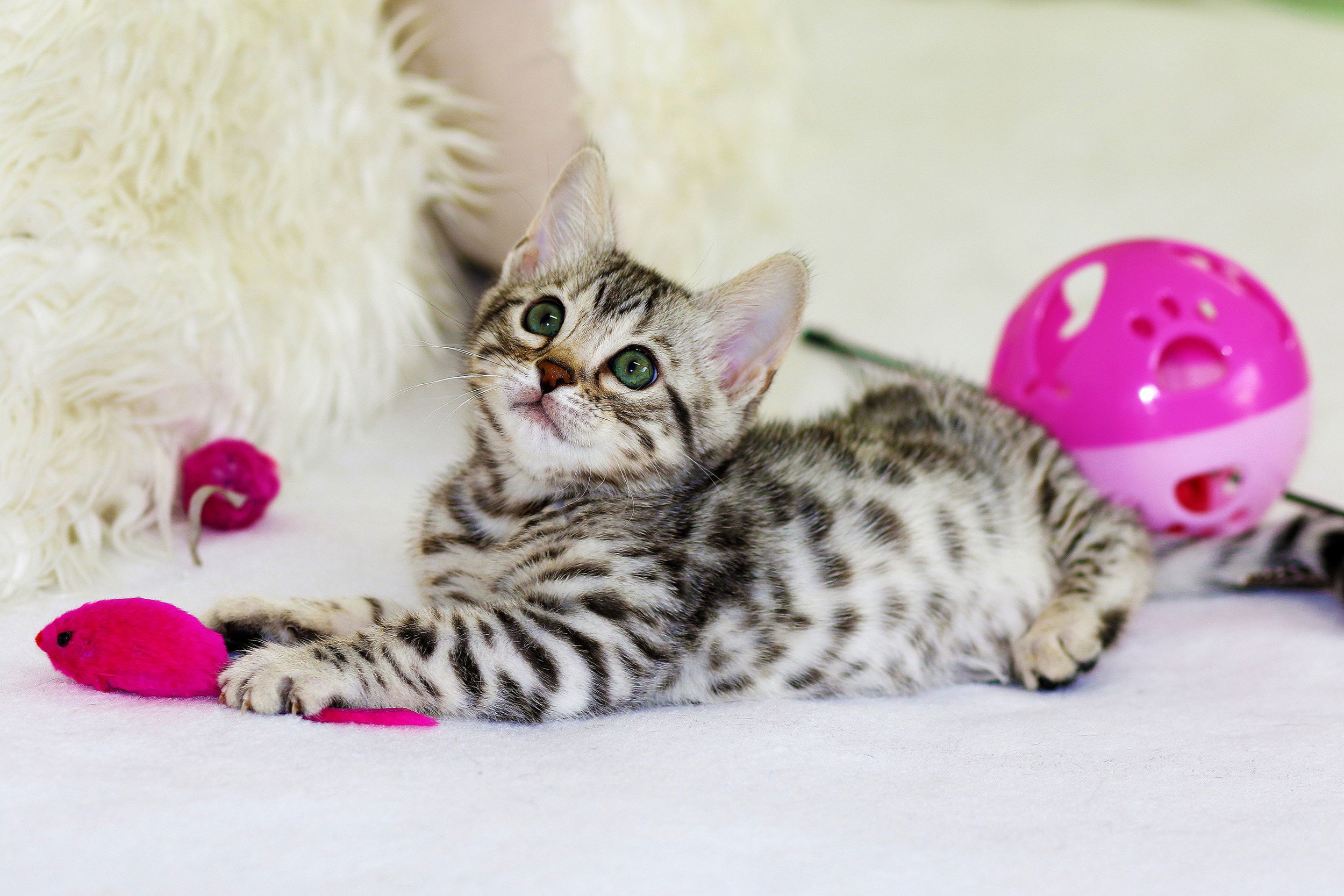Dealing with Common Cat Behavioral Issues: Scratching, Hissing, and More
Cats are known for their independent and sometimes enigmatic nature, which can make understanding their behavior a fascinating but challenging endeavor. While most cats are delightful companions, they may exhibit common behavioral issues that can be puzzling for cat owners. From scratching furniture to hissing at visitors, these behaviors can be addressed with patience, understanding, and the right strategies. In this comprehensive guide, we will explore some of the most common cat behavioral issues and provide insights on how to effectively deal with them.

1. Scratching Furniture and Objects
Behavior: Cats have a natural instinct to scratch to sharpen their claws, mark their territory, and stretch their muscles. Unfortunately, this can lead to damage to furniture and household objects.
Solution:
- Provide scratching posts or pads to redirect their scratching behavior.
- Use deterrents like double-sided tape or pet-friendly sprays on furniture.
- Regularly trim your cat's claws or consider soft nail caps.
2. Hissing and Aggressive Behavior
Behavior: Cats may hiss when feeling threatened, scared, or territorial. Aggressive behavior, such as swatting or biting, can occur when they feel cornered or provoked.
Solution:
- Respect your cat's personal space and avoid forcing interactions.
- Create safe zones where your cat can retreat if feeling threatened.
- Consult a professional behaviorist if aggressive behavior persists.
3. Inappropriate Elimination
Behavior: Cats may urinate or defecate outside the litter box due to stress, medical issues, or territorial marking.
Solution:
- Consult your veterinarian to rule out medical causes.
- Ensure the litter box is clean and placed in a quiet, accessible location.
- Use enzymatic cleaners to remove odors from soiled areas.
4. Excessive Vocalization
Behavior: Some cats are more vocal than others, but excessive meowing or yowling can be a sign of distress, illness, or seeking attention.
Solution:
- Ensure your cat's basic needs are met (food, water, litter, companionship).
- Provide interactive toys and playtime to alleviate boredom.
- Consult your veterinarian if excessive vocalization persists.
5. Furniture Scratching
Behavior: Cats may scratch furniture to mark their territory and maintain claw health.
Solution:
- Place scratching posts near furniture they typically scratch.
- Use cat-friendly deterrents on furniture.
- Consider soft nail caps or regular claw trimming.
6. Fear of Strangers or Visitors
Behavior: Cats may hide, hiss, or display defensive behavior when unfamiliar people visit.
Solution:
- Allow your cat to approach visitors at their own pace.
- Create a quiet space where your cat can retreat during visits.
- Use positive reinforcement and treats to associate visitors with positive experiences.
7. Nighttime Activity
Behavior: Cats are crepuscular animals, meaning they are most active at dawn and dusk. They may engage in nighttime play or vocalization.
Solution:
- Provide evening play sessions to tire them out before bedtime.
- Establish a bedtime routine to signal it's time to rest.
- Use earplugs or white noise machines if nighttime noise is disruptive.
8. Over-Grooming
Behavior: Cats may over-groom themselves due to stress, allergies, or skin irritation.
Solution:
- Address any underlying medical issues with your veterinarian.
- Reduce stressors in your cat's environment.
- Provide mental stimulation and interactive play.

Conclusion
Understanding and addressing common cat behavioral issues requires patience, empathy, and a willingness to adapt your approach to your cat's individual needs. While some behaviors may be resolved with simple adjustments, others may require professional guidance from a veterinarian or a certified feline behaviorist. Remember that every cat is unique, and what works for one may not work for another. By creating a loving and supportive environment and addressing behavioral issues with compassion, you can strengthen the bond between you and your feline companion, ensuring a happy and harmonious relationship.
Sources:
- American Association of Feline Practitioners (AAFP) - Feline Behavior Guidelines
- International Cat Care - Understanding Your Cat's Behavior
- American Veterinary Medical Association (AVMA) - Cat Behavior Problems
- The Humane Society of the United States - Cat Behavior Problems
- VCA Hospitals - Feline House Soiling: A common behavioral problem